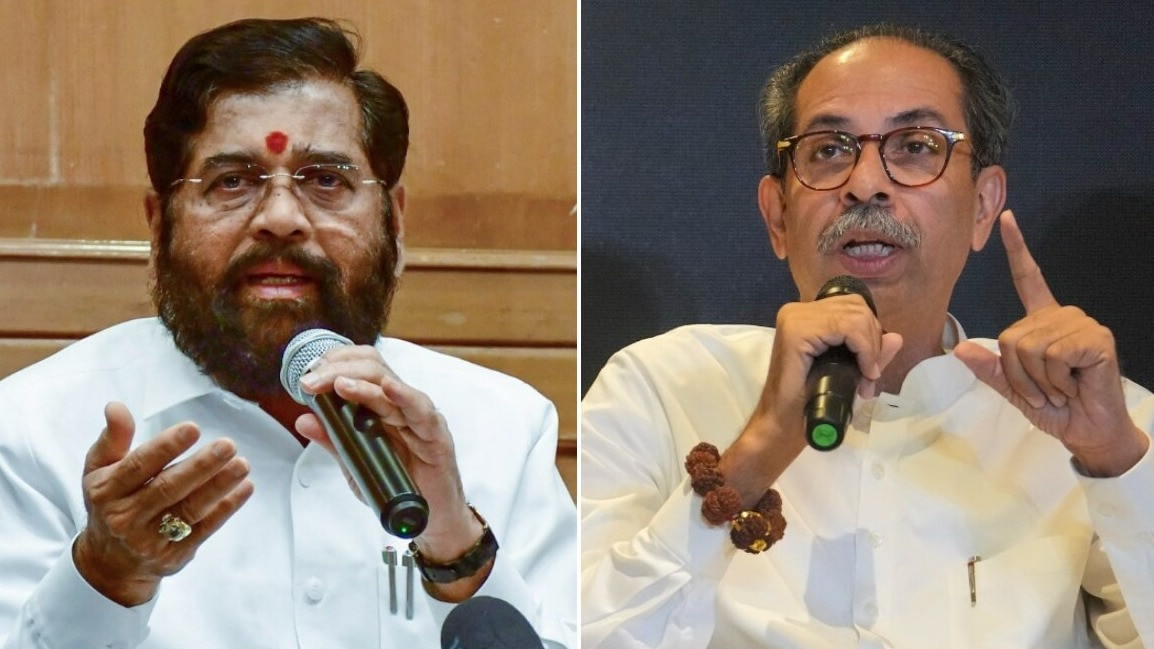 |
|
The upcoming Maharashtra Assembly elections are poised to be a closely contested battle between the BJP-led Mahayuti and the Congress-led MVA. The state's complex political landscape, marked by frequent government changes since 2019, underscores the high stakes involved. Seven key factors are likely to play a decisive role in determining the outcome. Firstly, the consolidation of Other Backward Classes (OBC) votes is critical for the BJP. Their long-standing strategy, employing the 'MADHAV' formula to unite Mali, Dhangar, and Vanjari communities, has proven successful in several states. This strategy aims to counter the influence of the Maratha community and leverage anxieties about potential reductions in OBC reservations if Marathas are included in the OBC list. The BJP's 'ek hain to safe hain' slogan capitalizes on these concerns. However, balancing the interests of both Maratha and OBC communities without alienating either remains a challenge for the Mahayuti.
Secondly, the Maratha community's demand for inclusion in the OBC list is a significant factor. The Mahayuti's ambivalent stance on this issue has alienated a segment of the Maratha population, leading to BJP losses in the recent Lok Sabha elections. The MVA, however, has strongly supported Maratha demands, potentially attracting their votes. They've promised a comprehensive reservation bill encompassing Marathas, Dhangars, Lingayats, Muslims, and VJNT communities. Nevertheless, Chief Minister Eknath Shinde's emergence as a prominent Maratha leader could mitigate the MVA's gains in this segment. This highlights the intricate interplay of caste politics and its influence on electoral outcomes.
Thirdly, the direct contests between the BJP and Congress on 76 seats will be crucial. The BJP aims to win over 50 of these seats, which would significantly impact the overall result. The Congress, however, has a poor track record in head-to-head contests against the BJP, a point of criticism from their INDIA alliance partners. The intense competition, particularly in Vidarbha's cotton belt, will serve as a litmus test for both parties. BJP's performance here is vital for securing a majority and exceeding the 150-seat mark in the 288-member Assembly. The outcome will also heavily influence the narrative of the upcoming 2024 Lok Sabha elections, where a strong performance in Maharashtra can offer significant momentum going into the national polls.
Vidarbha, with its 62 seats, represents another crucial battleground. Historically a BJP stronghold, Vidarbha witnessed a significant shift in the 2024 Lok Sabha elections, with the MVA winning seven out of ten seats. This shift reflects the growing rural distress among farmers, particularly soybean and cotton cultivators. The Congress's promise of a minimum support price of Rs 7,000 per quintal plus a bonus for soybean farmers could resonate strongly in this agricultural region. The influence of the RSS, headquartered in Nagpur, within Vidarbha, will also play a role. The competition between the BJP, contesting around 50 seats in Vidarbha, and the Congress, with about 40 candidates, will be fierce.
The distribution of 'revdis' or freebies also plays a significant role. The BJP's 'Ladki Bahin' scheme, offering Rs 1,500 to women, and the MVA's counter-offer of Rs 3,000, demonstrate the importance of such populist measures. Both alliances have announced similar schemes targeting youth, senior citizens, and farmers. These promises, particularly in economically distressed rural areas, are expected to sway voters. The perception of which party can better attract large industrial investments and drive infrastructure development will also influence voters.
The BJP's victory in Haryana, achieved through the consolidation of non-Jat votes, provides a strategic template for Maharashtra. The party hopes to replicate this success by uniting Hindu and non-Maratha OBC votes to counter the INDIA alliance's success in the Lok Sabha elections. The MVA, however, will try to capitalize on the Lok Sabha results, where they secured 29 seats against the Mahayuti's 18. This translates to MVA dominance in 153 Assembly segments against Mahayuti's 127, representing a substantial electoral advantage for the opposition alliance.
Finally, farmers' issues and rural distress remain key concerns. Agricultural problems, especially the low prices for soybean, cotton, onion, and sugarcane, significantly impact rural voters. Inflation is another critical concern for the rural population. The Congress's promise of a ban on cotton imports and better support prices could influence voters. However, the efficacy of direct cash transfers and the credibility of the promises made by both alliances will play a vital role in determining the outcome in the rural areas. The ability of both alliances to effectively transfer votes to their respective partners is also crucial. The Mahayuti faces concerns about vote transfer from the NCP's Ajit Pawar faction to the BJP, while the MVA needs to ensure smooth vote-sharing among its diverse coalition partners. The ultimate success of each factor will only be evident on November 23rd, when the results are announced.
Source: As Maharashtra votes, 7 big factors that could swing the election decisively
